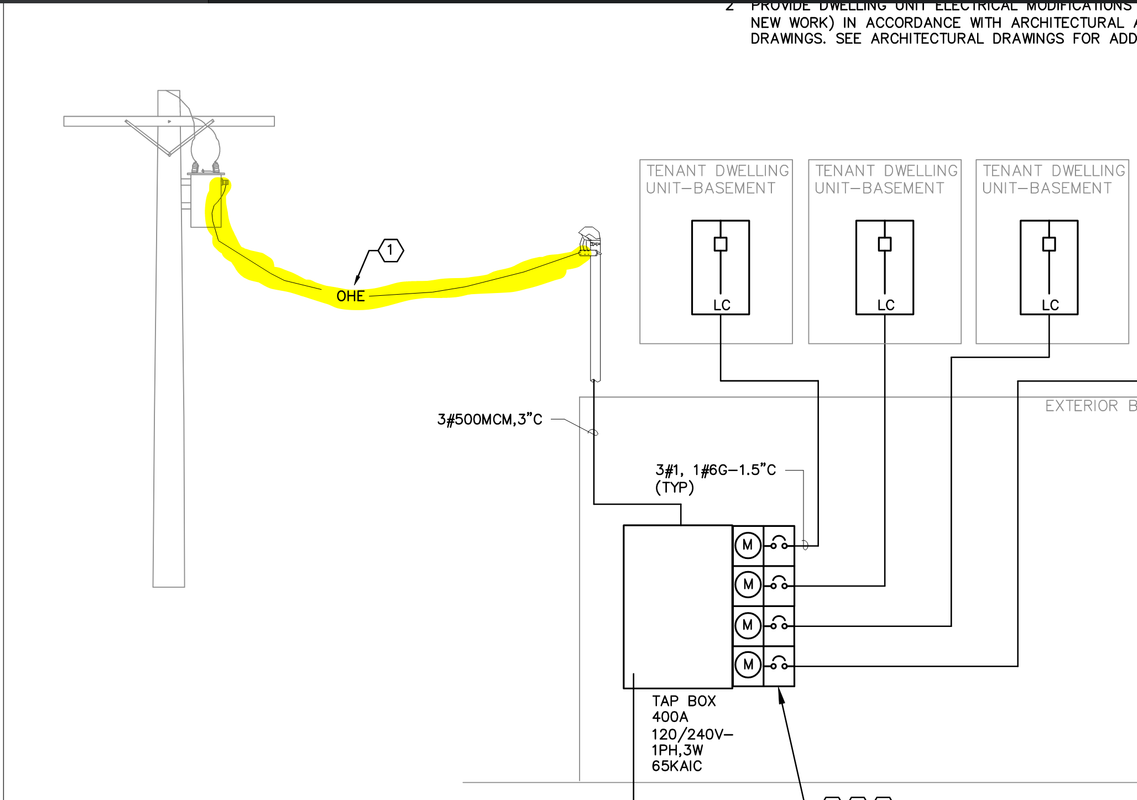designer82
Senior Member
- Location
- Boston
Who installs the overhead secondary service conductors from the transformer to the service entrance. Is it the Poco or Electrician?
Please see pic in link below.
Thank you

 postimg.cc
postimg.cc
Please see pic in link below.
Thank you

